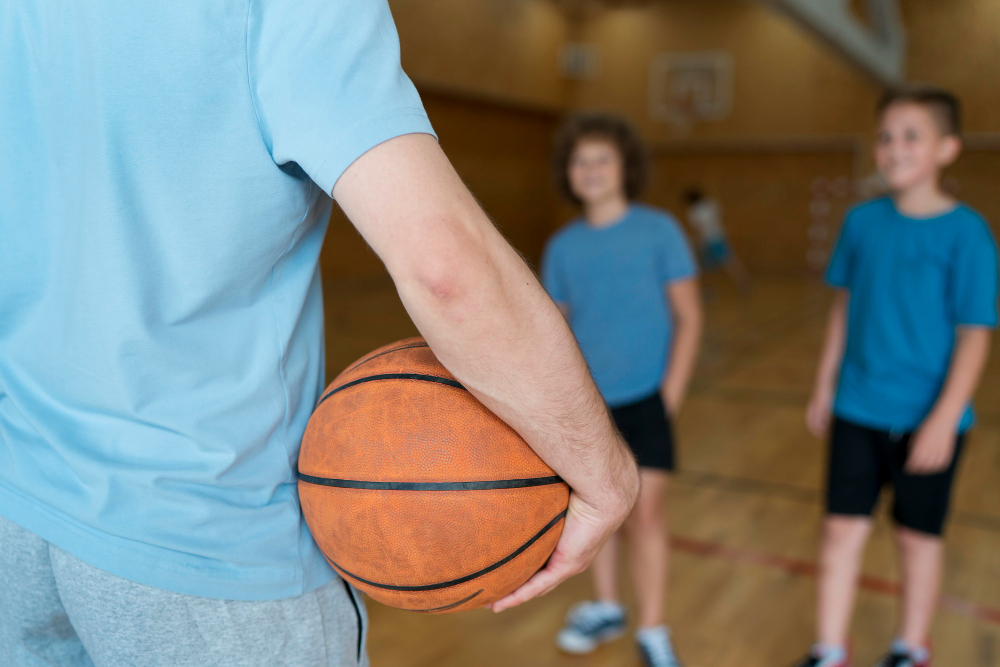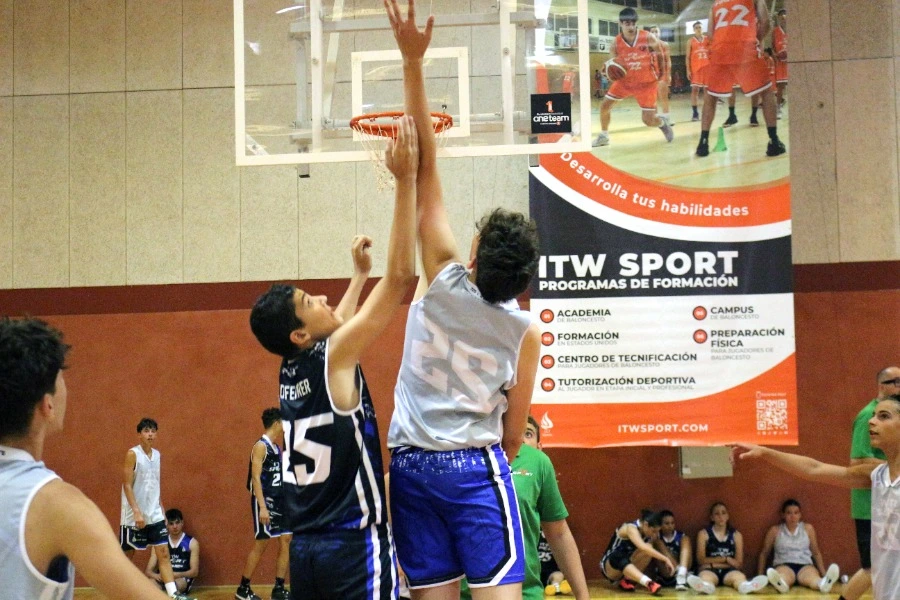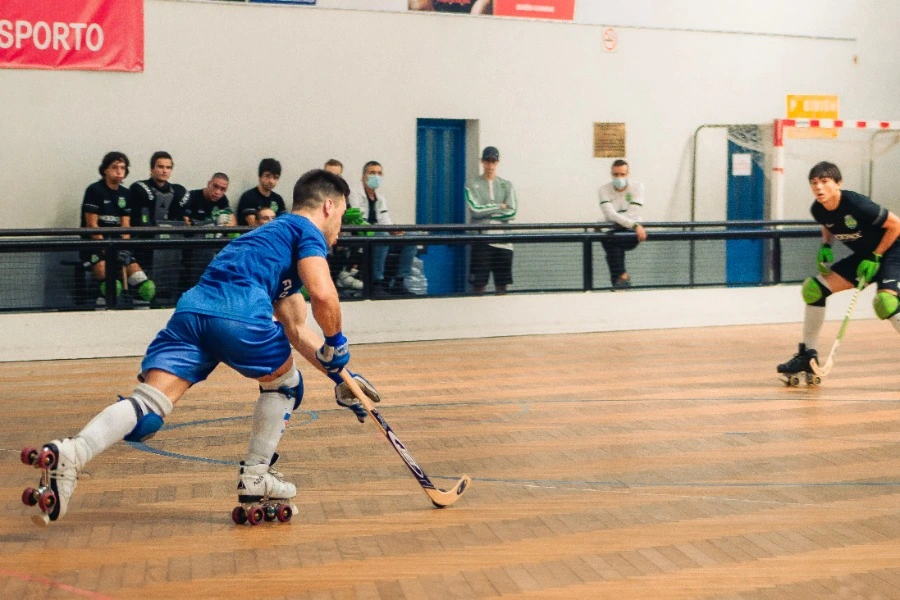The meaning of the term capsulitis is “inflammation of the joint capsule.” The most common area where it usually occurs is in the interphalangeal joints (the joints between the finger phalanges).
Why is it so common among basketball players? The answer is simple: they play a sport that involves frequent contact between the ball and the hands.
How do I know if what I have is capsulitis? It’s always important to consult a professional to determine if there is a more serious injury, but the main symptoms are: inflammation (an increase in thickness of the affected joint), constant pain, and joint stiffness, meaning some movements may be hard to perform [1]. A bruise, commonly known as “a black and blue mark,” may also appear.
ETIOLOGY
The main cause of this injury is a trauma, where the ball strikes the finger head-on [1].
PREVENTION
Prevention is practically nonexistent, as this injury is caused by accidental impacts.
TREATMENT OF CAPSULITIS
The use of cryotherapy (applying ice) is often recommended for inflammation, but it is better to avoid it since inflammation is the body's natural strategy to send all the cells involved in tissue regeneration to the area. Therefore, cryotherapy should be used sparingly (to allow for minimal swelling) and only if the inflammation is excessive or there is significant pain.
So, what is the go-to treatment for interphalangeal capsulitis? Without a doubt, immobilization using taping (although if there is intense pain and swelling, the medical alternative might be the application of a passive splint) [1]. You've probably seen more than one basketball player with fingers taped together or with tape on a single finger. The current trend is to tape only the affected finger, so as not to limit the mobility of the adjacent one, although there are many different techniques, and the choice depends on the individual.
GENERAL GUIDELINES FOR TAPING
Below is an example of taping designed to limit flexion movement in the affected interphalangeal joint. However, it is always recommended to consult a specialist, as each case requires individualized treatment.
- The finger where the taping is going to be applied must be clean and completely dry, otherwise the tape won’t stick properly.
- If you don’t have narrow tape, you can use one that’s 2.5 cm wide and cut it in half.
- When applying the bandage, it’s important for the finger to be in extension.
- Keep in mind that if the injury has just occurred and the taping is done immediately, it should not be tight, as the finger may swell and the bandage could compress it too much, causing pain.
- If the taping is being used to allow the athlete to keep playing, it’s recommended to replace it once it starts coming off due to sweat or contact with the ball.
- After training or the game, the bandage should be removed and reapplied.

Tania González
Physiotherapist ITW Sport Sports Program
BIBLIOGRAPHY
[1] Capsulitis, the injury of ball sport athletes






